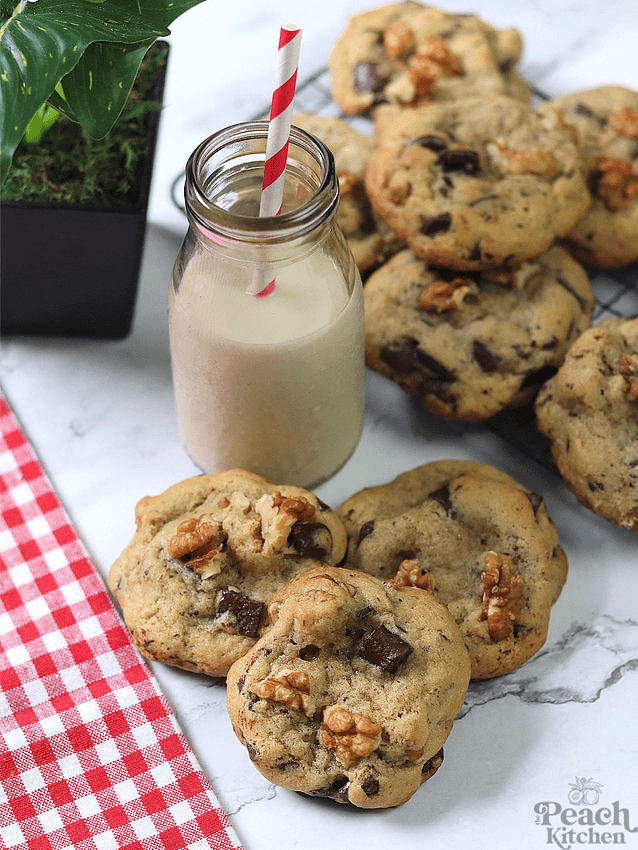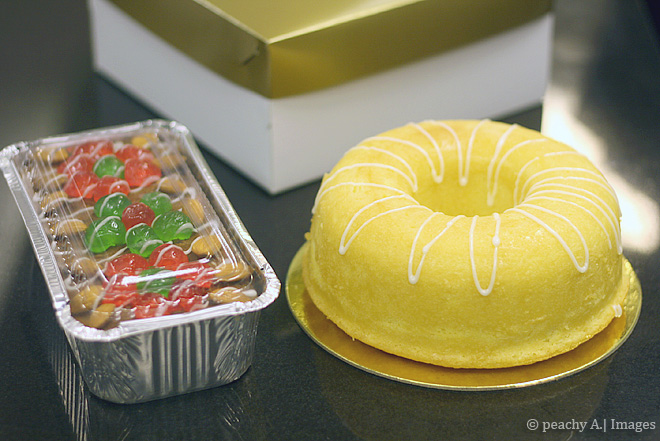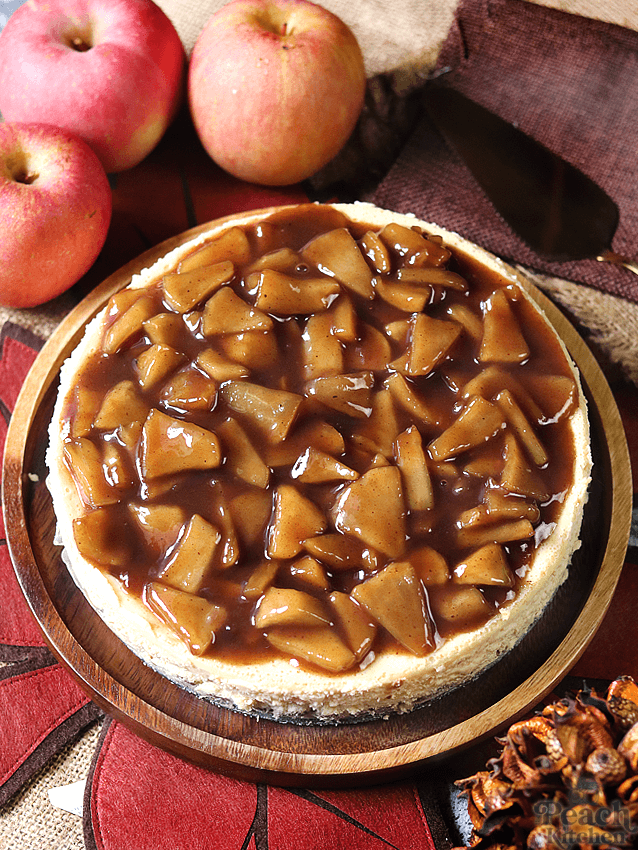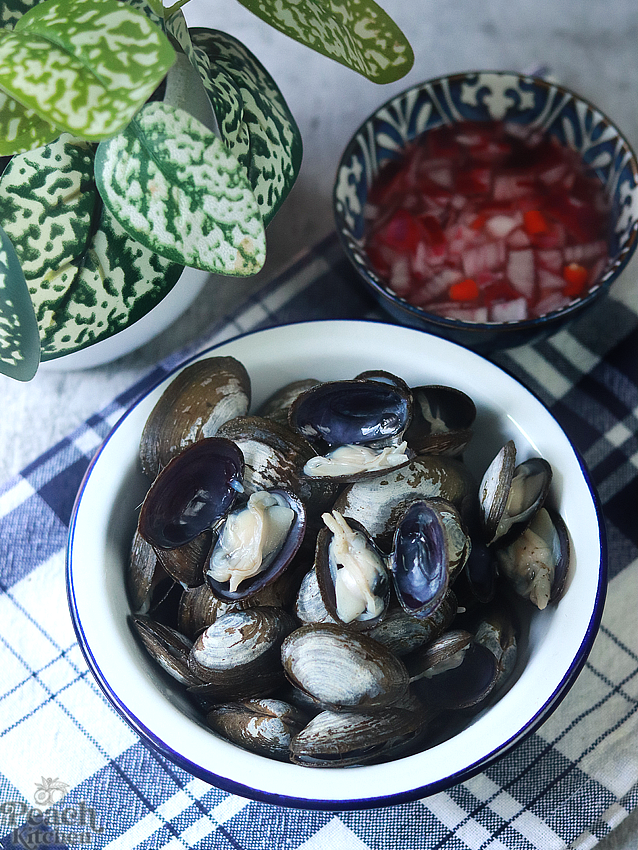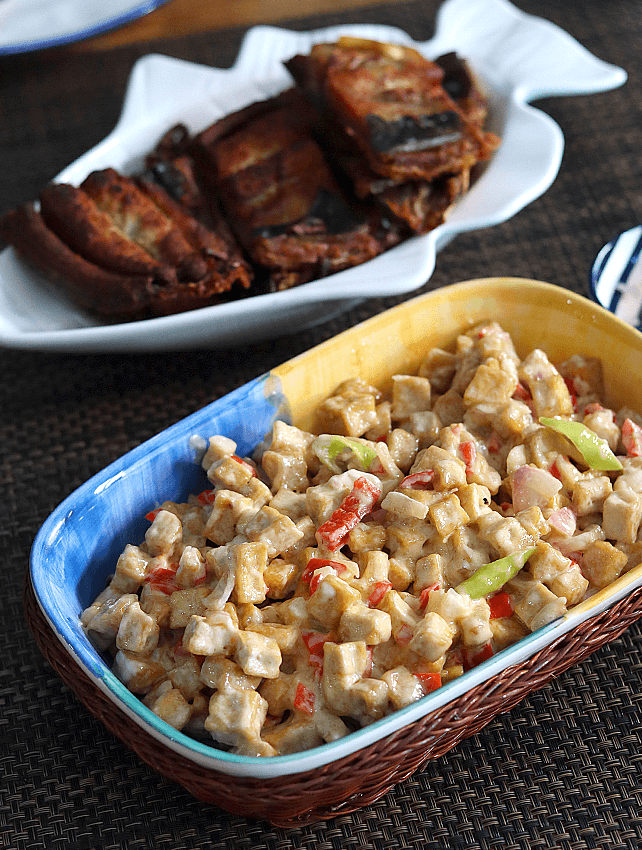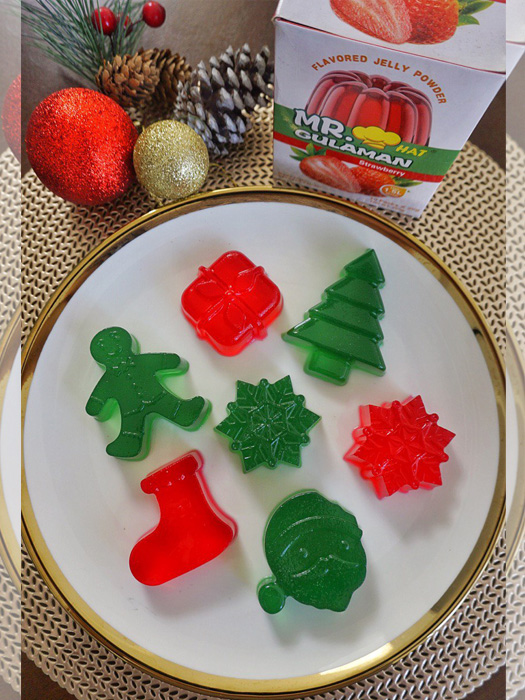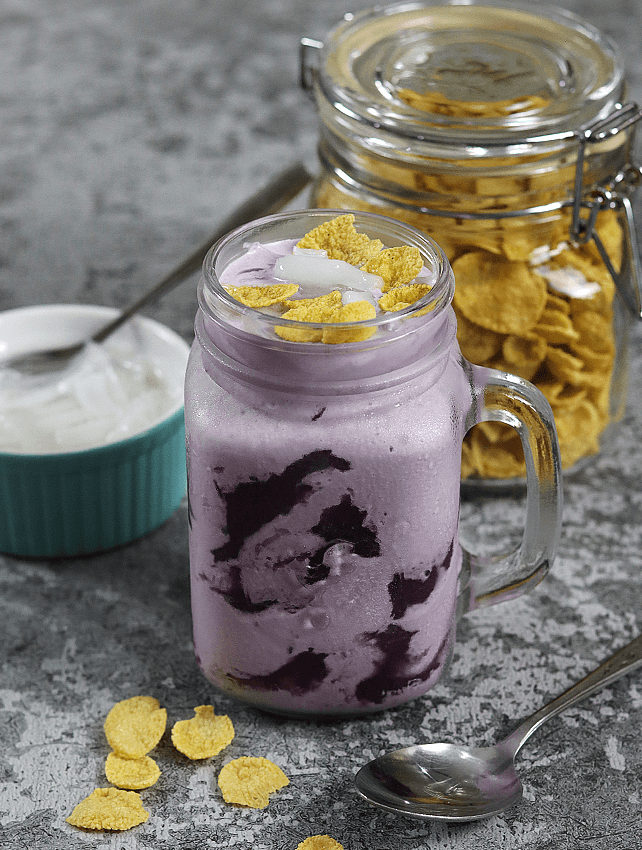There’s something magical about homemade bread.
Yung amoy pa lang, grabe, the whole house feels warm and cozy.
And honestly, kaya kami na-hook ni Ykaie sa baking bread this year is because it became our little weekend ritual… plus, mas tipid kaysa bili nang bili sa bakery. 😅
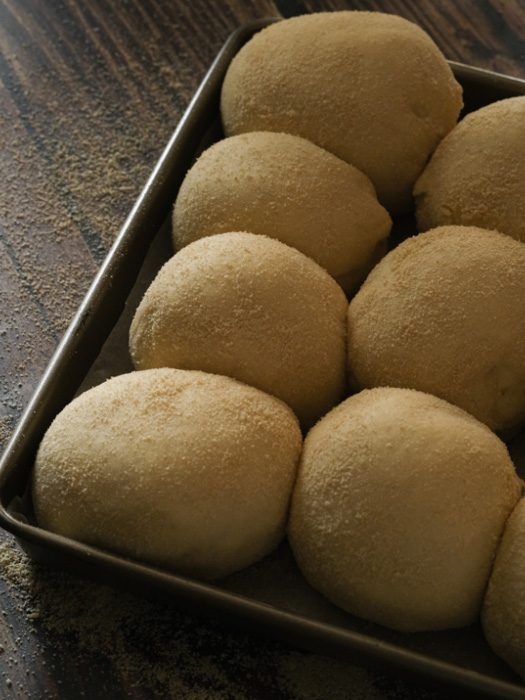
Back when everyone was obsessed with breadmaking years ago, I remember trying to make pandesal using our tiny oven. The first batch? Tigas! Parang pwede nang gawing sandbag. 😂 But I kept trying—and now, making bread feels second nature.
So for 2025, I’m sharing our simple, beginner-friendly way of making pandesal and loaf bread at home—nothing fancy, just comforting, everyday bread na masarap with coffee.
Homemade Pandesal
Ingredients (Half Batch → makes 12–14 pandesal)
- 2 cups all-purpose flour
- 1 ¼ tsp instant yeast
- ¼ cup sugar
- ½ tsp salt
- 1 tbsp softened butter
- ¾ cup warm milk (or warm water)
- 1 egg
- Breadcrumbs for coating
Instructions
- Activate yeast (optional if using instant yeast):
Mix warm milk + 1 tbsp sugar + yeast. Let sit for 5 minutes until frothy. - Make the dough:
In a bowl, combine flour, sugar, and salt. Add egg, butter, and yeast mixture. Mix until shaggy. - Knead:
Knead for 8–10 minutes until smooth. - First rise:
Cover and let rise for 1 hour or until doubled. - Shape:
Punch down the dough, form into a log, slice into 12–14 pieces. Roll each piece in breadcrumbs. - Final rise:
Arrange on a tray, cover, and rise for 20–30 minutes. - Bake:
180°C (350°F) for 15–18 minutes, or until light golden.
Tips & troubleshooting
- If dough is too sticky add flour 1 tbsp at a time; too dry add warm milk 1 tbsp.
- For extra fluff, use bread flour (substitute half or all).
- Overproofed dough will collapse — if rolls don’t puff, check yeast freshness.
- To get classic pandesal crust, roll generously but not overly in breadcrumbs.
Storage
- Room temp: 2 days in airtight container.
- Fridge: not recommended (dries bread).
- Freeze: cool completely, wrap in foil + ziplock, freeze up to 1 month. Reheat in oven 5–8 min at 160°C.
Basic Soft Bread Loaf (Tasty-Style)
Ingredients (Half Batch → 1 small loaf)
- 1 ½ cups bread flour (or all-purpose flour)
- 1 tbsp sugar
- 1 tsp instant yeast
- ½ tsp salt
- 1 tbsp softened butter
- ¾ cup warm milk
Instructions
- Mix dry ingredients:
Combine flour, sugar, yeast, and salt. - Add wet ingredients:
Pour in warm milk + add butter. Mix to form a sticky dough. - Knead:
Knead 8–10 minutes until smooth and elastic. - First rise:
Place in a greased bowl, cover, and rise for 1 hour. - Shape:
Punch down dough, roll into a log, and transfer to a greased loaf pan. - Second rise:
Let rise 30–40 minutes until it reaches near the top of the pan. - Bake:
Bake at 180°C (350°F) for 22–25 minutes. - Optional:
Brush the top with butter while warm for a soft glossy finish.
Tips & troubleshooting
- Use bread flour for chewier, taller loaf; AP flour works fine for softer sandwich bread.
- For a softer crust, brush butter right after baking. For a crisper crust, skip the butter.
- Dense loaf? Check yeast freshness, proofing times, and kneading. Underproofed or undermixed dough yields dense bread.
- If loaf dome sinks, it may be overproofed or oven temp too high early on.
Storage
- Room temp: Keep in airtight bread box or ziplock for 2–3 days.
- Freeze: Slice, wrap, and freeze up to 1 month. Toast from frozen for best results.
Easy Variations & Add-Ins
- Cheesy pandesal: Add grated cheddar inside the dough ball before rolling in breadcrumbs.
- Garlic herb loaf: Mix 1–2 tsp dried herbs + 1 tsp garlic powder into dough.
- Sweet loaf: Add 50–75 g sugar and swirl in cinnamon sugar before rolling.
- Whole-wheat blend: Replace up to 150 g flour with whole-wheat flour (expect denser crumb).
Quick FAQ
- Can I use instant dry yeast? Yes — it’s fine. You can mix it directly with flour.
- Can I proof in the oven? Yes — put bowl in oven with oven light on (don’t turn oven on).
- No oven — can I pan-bake? Loaf needs oven for even bake, but small rolls can be steamed (puto style) or cooked in covered heavy pan on low heat (takes practice).
- How to tell if dough is properly kneaded? The dough should be smooth and spring back when poked slightly; the windowpane test is best.

